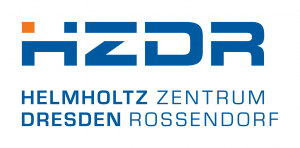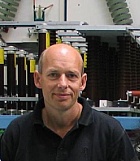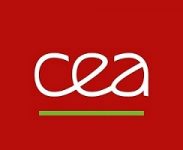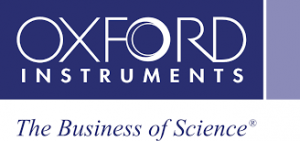Partners

0
European Partners
0
Research centers
0
Industrial partners
The coordinator: CNRS - LNCMI
CNRS is the largest governmental research organisation in Europe, with 1200 research units covering all fields of research. The “Laboratoire National des Champs Magnétiques Intenses”, LNCMI, was created on the 1st of January 2009 through the merger of the “Laboratoire des Champs Magnétiques Intenses” (Grenoble) and the “Laboratoire National des Champs Magnétiques Pulsés” (Toulouse), and is one of the research infrastructures of CNRS. It has three main missions: - to generate the highest possible magnetic fields for research purposes; - to use these fields for in-house research and to develop the necessary scientific infrastructure; - to provide access to qualified French and European users to these high magnetic fields and the associated scientific infrastructure.CNRS Contact Person
Helmholtz Zentrum Dresden Rossendorf
The Helmholtz-Zentrum Dresden-Rossendorf e.V. (HZDR) is a member of the Helmholtz Association of German Research Centres pursuing long-term research goals that will allow us to maintain and improve the livelihoods of the population. The HZDR conducts cutting-edge research in the areas of energy, health, and matter. Strategic collaborations with both national and international partners allow us to address some of the pressing challenges faced by modern-day industrialized society. The Dresden High Magnetic Field Laboratory (Hochfeld-Magnetlabor Dresden, HLD) is one of the eight institutes of the HZDR (see description of significant infrastructure, below) and a founding member of the EMFL. Within this project the HZDR will coordinate and conduct Systems Operation.HZDR Contact Person
Radboud University Nijmegen
The Radboud University is a private, not-for profit organization with significant government funding. The High Field Magnet Laboratory (HFML), jointly operated by Radboud University and the Nederlandse Organisatie voor Wetenschappelijk Onderzoek (NWO) will participate in this project. HFML uses and develops high magnetic fields to carry out pioneering research by both in-house and external users. HFML has an ambitious Magnet Technology program and has recently commissioned a world record resistive magnet generating 38 T. A 45 T hybrid magnet is under construction and recently a dedicated free electron beam line connection has been established with the neighbouring FELIX laboratory. Within this Horizon2020 project the RU will coordinate the Specialization & Deployment activities.RU Contact Person
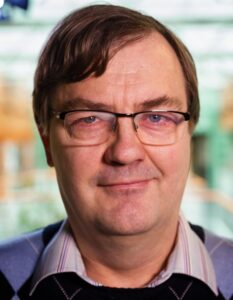
CEA
The French Alternative Energies and Atomic Energy Commission (CEA) is dedicated to connecting the worlds of research and industry. It is one of the most prominent players in research and innovation in France. The Fundamental Research Division of CEA (DRF) is dedicated to research and training, development and innovation in areas with major societal challenges: Biology, Health, Nanoscience, Climate and environment, Energy, Physic, Chemistry, Instruments and Technology. The position of the institute in developing and realizing particle accelerators, cryogenic systems and superconducting magnets is unique in France. Within this Horizon2020 project the CEA will coordinate the Magnet Design activities and participate to the tests.CEA Contact Person
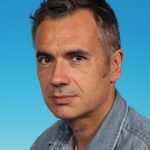
European Magnetic Field Laboratory
The legal entity of the European Magnetic Field Laboratory is an “association sans but lucrative”, with the headquarter located in Brussels (BE). EMFL’s objective, without profit aim, is to unite world-class high magnetic field facilities and to make them available for excellent research by users. EMFL is responsible for the management of access, networking and coordination activities of high field facilities in Europe. Its current members are CNRS, HZDR and RU as facility operators and stakeholders, the University of Nottingham and the University of Warsaw, the latter two on behalf of the UK and Polish user communities. In this role it will organize some workshops, be involved in dissemination activities and be involved in other coordination activities.EMFL Contact Person

University of Geneva
The University of Geneva, founded in 1559, is the second-largest comprehensive University in Switzerland. Physics, both experimental and theoretical, represents one of the key research areas of the institution. The group of Applied Superconductivity within the Department of Quantum Matter Physics is active in the development of superconducting materials for applications. The group has developed experimental setups for performing measurements of electromechanical properties, low temperature specific heat, thermal conductivity, magnetization and electrical resistivity at magnetic fields up to 21 T. Within this Horizon2020 project the UNIGE will conduct characterization within the Materials Tasting work package.UNIGE Contact Person

University of Twente
The University of Twente (UT) is a relatively young entrepreneurial university in the city of Enschede, in the east of the Netherlands. Some 3,300 scientists and professionals carry out ground-breaking research, bring about socially relevant innovation and provide inspiring teaching for more than 9,000 students. UT has also generated more than 700 successful spin-off companies. The chair EMS at the UT has a published track record of over 35 years successful R&D on superconducting materials and technical superconductors. In terms of human resources, EMS currently consists of 6 senior scientists; 1 post-doc; 6 technical and administrative staff; and 29 students. The group also has extensive experience with the participation in and management of large international collaborative research efforts. UT leads Materials testing activity.UT Contact Person

Institute of Electrical Engineering
The Institute of Electrical Engineering of the Slovak Academy of Sciences is a governmental institution dedicated to the research and development of electrical and electronic engineering. The present activities range from basic research to applications, which are focused on superconductors, semiconductors, micro- and nano-electronics, and magnetic and oxide materials. The Department of Superconductors is dedicated to HTS. Research involves modelling, characterization and material science. The most relevant activity for the project is the development of novel numerical methods and computer modelling tools for screening currents in magnets. This institute will also perform current-voltage experiments of HTS samples by inductive means.IEE Contact Person

Theva Dunnschichttechnik Gmbh
Founded as spin-off from the Technical University of Munich, THEVA has been specializing in HTS materials, coating- and process technology. Since 1998 THEVA has established an independent and proprietary fabrication route for HTS coated conductor. Coated conductor processes are continuously improved and developed with respect to yield and performance to match the needs and technical specs of special applications. Also, the design manufacture and testing of HTS coils for various applications is part of the technology the company has developed. In the project THEVA will be responsible for the specification and production of the HTS wire for the superconducting coils and will contribute to the design and testing of the coils.TH Contact Person
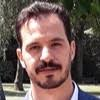
Oxford Instruments Nanotechnology Tools Limited
Oxford Instruments Nanotechnology Tools Ltd trading as Oxford Instruments nanoScience develops and supplies high technology instrumentation to customers in industry, research, academia and healthcare. Oxford Instruments is the internationally leading industrial vendor of superconducting magnets and low-temperature technology for research and industry. OI will provide systemisation expertise with particular emphasis on the effective integration of the new high temperature superconducting coils into the outer magnet where more conventional, low temperature superconductors are deployed.OI Contact Person

Bilfinger Noell Gmbh
Bilfinger Noell is a worldwide recognized partner for magnet systems in production of a wide range of conventional and superconducting magnets. Bilfinger Noell’s own product area Magnet Technology has been working closely with large-scale research facilities to develop such systems, build prototypes and make them ready for serial production. Since over ten years Bilfinger Noell is developing HTS Technology for use in undulators and solenoid systems for special purposes. Within this Horizon2020 project NOELL will participate to the fabrication of coils and coordinate the Procurement & Industrialization activities.NOELL Contact Person

Partners locations
Aknowledgement
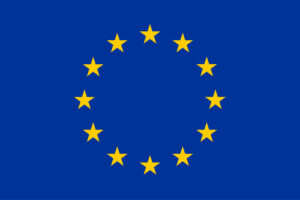
This project has received funding from the European Union’s Horizon 2020 research and innovation programme under grant agreement No 951714. Any dissemination of results reflects only the author’s view and the European Commission is not responsible for any use that may be made of the information it contains.




